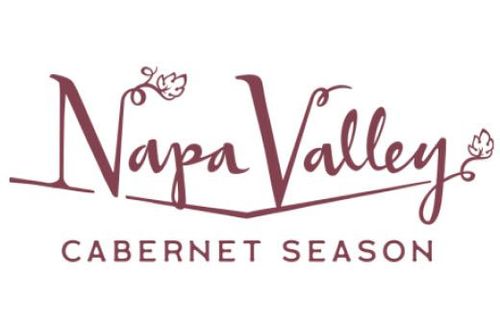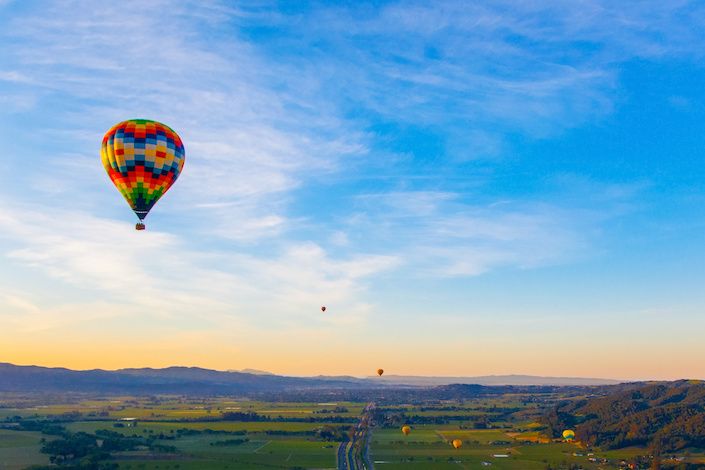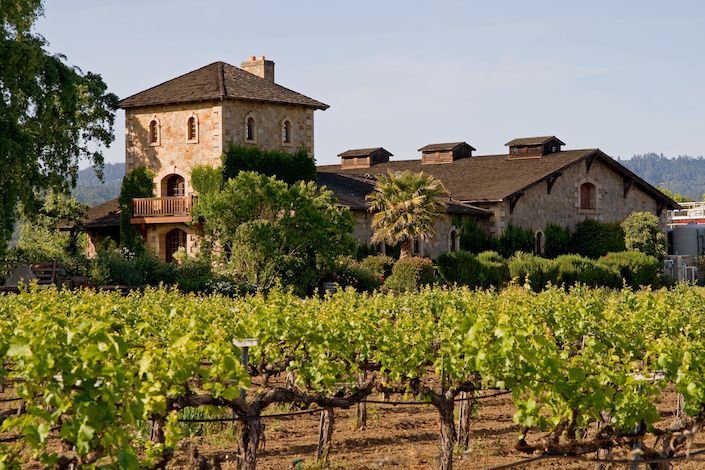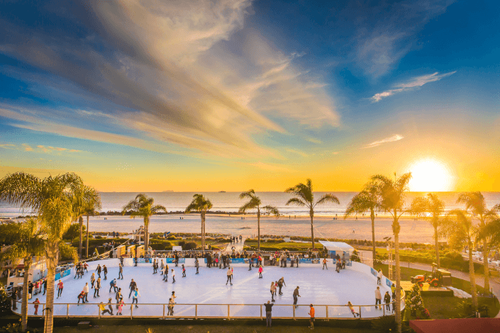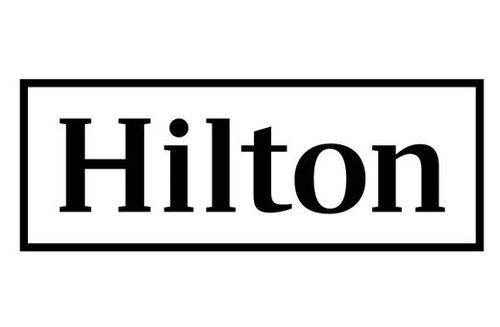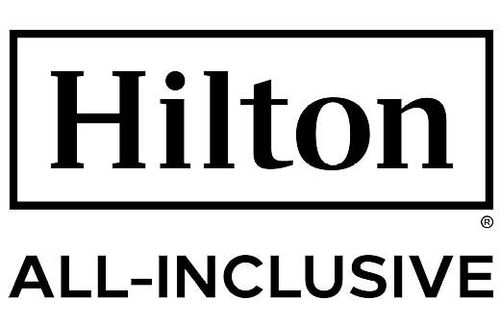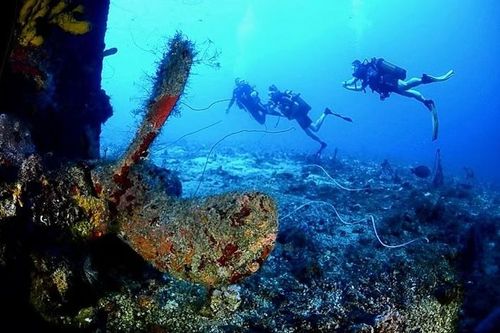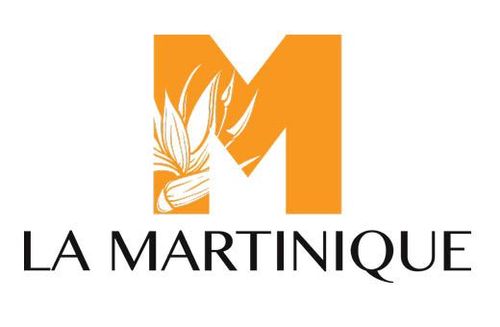Where travel agents earn, learn and save!
Travel & Selling Tips / Experience a Taste of the Good Life in Napa Valley
Visit Napa Valley reveals 2023 fact sheet
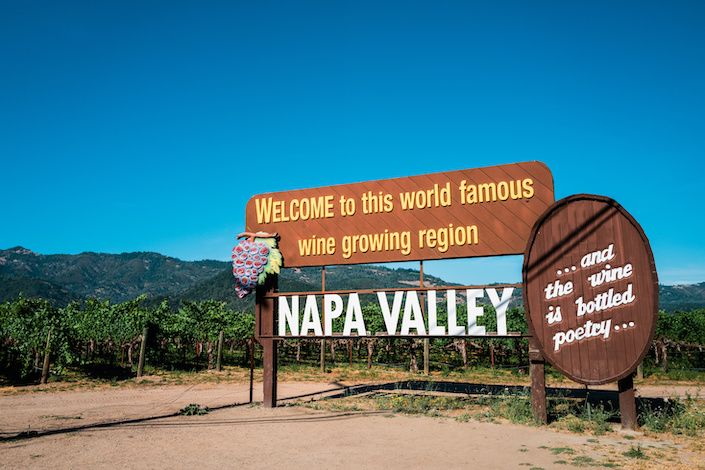
Napa Valley's rural 35-mile scenic landscape, conveniently located just an hour from the San Francisco Bay Area, consists of five distinctive towns from north to south: Calistoga, St. Helena, Yountville, the City of Napa, and American Canyon. Additional designated areas include Rutherford, Oakville, Angwin, and the outdoor recreation area of Lake Berryessa.
Lodging
Come for the vines, stay for the suites. There are more than 120 overnight accommodation options to choose from in Napa Valley, including hotels, resorts, and boutique inns. Whether your preference is modern, historic, close to restaurants and shops, a luxurious spa getaway, or the calm of a remote vineyard setting, Napa Valley caters to every visitor's needs. And on Napa Valley, world-class hospitality means world-class cleanliness, so rest assured Napa Valley properties are going above and beyond to create a safe and welcoming atmosphere for your escape into the good life.
Wineries
Napa County has more than 4000 wineries open to the public, and more than 550 overall.
Additionally, more than 90 tasting rooms are within the city limits of Napa, Yountville, St. Helena, and Calistoga. With wineries updating their tasting areas to create more spacious, intimate settings, capacity is limited and tastings are conducted by appointment only. Some wineries have permit restrictions that limit the number of guests that can visit each day, so it's best to plan tasting appointments a few weeks ahead of time. 95% of Napa Valley wineries are family-owned, so each spot feels like home.
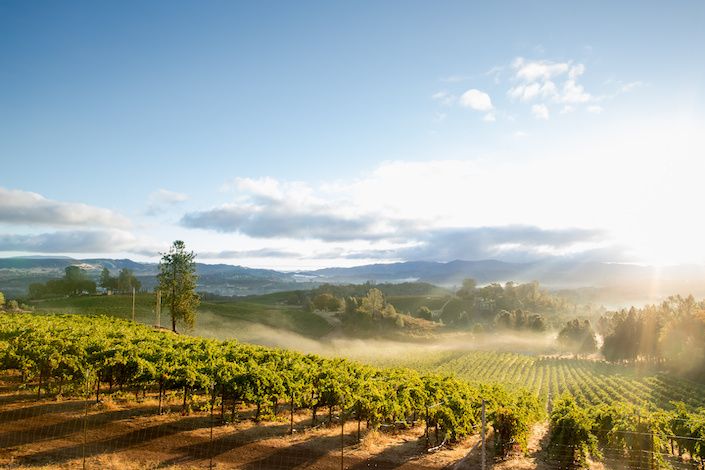
Restaurants
Napa Valley's more than 150 restaurants have been cooking up something special. As Napa Valley welcomes visitors back to experience the destination's world-class cuisine, restaurants have been working hard to provide a world-class experience to match, pairing thoughtful health and safety procedures with the high standard pf hospitality that keeps travellers coming back to Napa Valley time and time again. From Michelin-Star fare and terroir-to-table perfection to custom burgers and fantastic food trucks, enjoy locally sourced cuisine outside in almost perfect weather or within a variety of creatively themed restaurants - with a side of wine, of course.
Tourism in Napa Valley
- Historically, the Napa Valley welcomes a total of 3.85 million visitors annually (80% Domestic; 20% International)
- Tourism is the second largest industry in Napa Valley, behind wine, and supports an estimated 16,000 jobs, with the majority of these in the hotel or restaurant industries
- Napa Valley's tourism industry generates approximately $85 million in tax revenue for local services annually
Location
The Napa Valley is approximately 60 miles from San Francisco International Airport (SFO), 50 miles from Oakland International Airport (OAK), and 75 miles from Sacramento International Airport. Santa Rosa Airport is convenient for visitors headed to Napa Valley northern towns, located just 27 miles from downtown Calistoga. There are many transportation options to Napa Valley, including airport car or limousine services, rental car, or taking public transportation. Napa Valley is located in the Pacific Time Zone.
The Towns of Napa Valley
Five Towns, One Valley
While one of the most well-known wine regions in the world, Napa Valley is also one of the smallest. The valley floor is just 35 miles long and five miles across at its widest point.
Napa County (population 134,000) comprises approximately 506,000 acres, approximately 479,000 (95%) of which is included within the unincorporated areas of the County.
The remaining area is distributed among the five incorporated areas in the County: City of American Canyon (population 20,359), City of Calistoga (population 5,322), City of Napa (population 79,263), City of St. Helena (population 6,152), and Town of Yountville (population 2,982).
Weather
Spring and summer temperatures range from 75-85 degrees Fahrenheit (24-29 Celsius) during the day and 50-55 degrees Fahrenheit (10-13 Celsius) at night. In the fall and winter, temperatures range from 60-70 degrees Fahrenheit (16-21 Celsius) during the day and 30-45 degrees Fahrenheit (-1 to 7 Celsius) at night.
Sustainability
Napa Valley has helped put green luxury on the map. The wineries, restaurants, and hotels within the valley have made sustainable and eco-friendly practices a priority, having embraced conservation and land stewardship for more than 50 years. There are more than 90 Napa Green Certified Wineries, and Napa Valley is home to 40% of all certified sustainable wineries in California. The majority of Napa Valley hotels and resorts are committed to sustainability, water conservation, and green housekeeping practices, and many properties go above and beyond when it comes to eco-friendly amenities.
Napa Valley Historical Facts
Preserving the beauty of the valley
- The first wine grapes were planted in Napa Valley in 1838 by George Yount, from whom the town of Yountville is named
- The first commercial winery in the county was opened by John Patchett in 1859 in what is now the city of Napa
- The oldest commercial winery still in operation is Charles Krug, founded in 1861
- Before wine grapes became the valley's biggest crop, prunes help first place
- The white wine that won the 1976 Judgment of Paris wine tasting was a 1973 Chardonnay from Chateau Montelena and the red wine that won a Stag's Leap Wine Cellars 1973 Cabernet Sauvignon. This was the first time California wines beat out France, changing the world's view of California wines
In 1968, Napa Valley was designated America's first Agriculture Preserve. Translation? The valley's sweeping landscape is set aside for growing - not building.
Wellness
Home to the country's first agricultural preserve and a ;and trust that has permanently protected more than 1-% of the county from residential and commercial development, Napa Valley offers more than 53,000 acres of protected land and provides ideal hiking, biking, and paddling opportunities for visitors of all physical abilities to enjoy. Renowned Napa Valley spas and Calistoga's famous hot springs and mineral mud baths provide a resorative escape.

Tasting Fees & Tipping
Most wine tasting rooms in Napa Valley charge a fee, however, sometimes this is waived with wine purchases. While tipping isn't required at wine tastings, it is encouraged when service is exceptional, and guests often tip their wine educators when tasting fees are waived.
If you purchase wine at a winery to enjoy at a Napa Valley restaurant, many restaurants will waive the corkage fees for the first bottle, (especially if it's from Napa Valley) if you buy a second bottle from their list. Otherwise, corkage fees range from $15-50 er bottle. It's very common for both locals and visitors to “BYOB” (bring their own bottle/s) to restaurants. It's common to offer a taste to your server.
Napa Valley Wine
Small place, big reputation
- Napa Valley is an American Viticultural Area (AVA) and within it exists 16 additional AVAs, or sub-appellations
- 95% of Napa Valley's wineries are family owned, producing mote than 1,000 different wine brands
- Nearly 80% of Napa Valley wineries produce fewer than 1,000 cases annually
- Only 9% (about 45,000 acres) of Napa County's 506,000 acres are planted to grapes
- Only 4% of California's wine comes from Napa Valley, but the value of Napa Valley wine makes up 27% of the retail value of all California wine sold
- It takes about 6 to 8 clusters, or approximately 600-800 wine grapes (2.4 pounds) to produce a bottle of wine
- One barrel of wine contains 740 pounds of grapes, equivalent to 59 gallons or 24.6 cases of wine
- An annual average of 892 million gallons of wine is consumed in the United States each year
- The Napa Valley soil profile is more complex than any other wine region in the world and represents 100 soil variations and 33 soil series. Half of all the soil orders in the world are found Napa Valley
For more information, please visit visitnapavalley.com.



